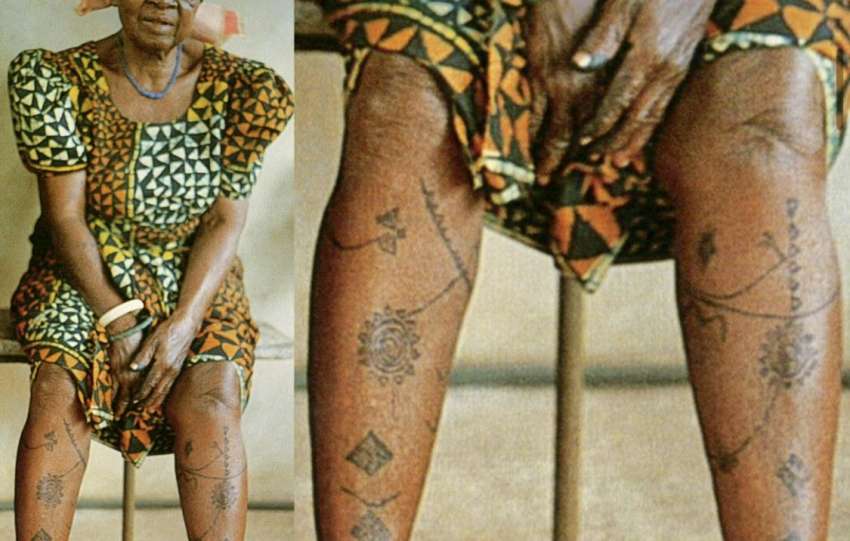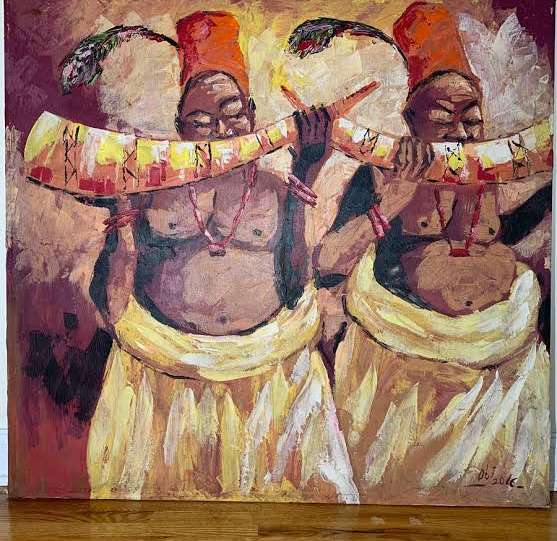
The Y-shaped currency, referred to as àpá in Igbo, holds significant historical and cultural value in Igbo society. It was commonly used in the Cross River Igbo area, around Arochukwu, Edda and Ohafia, during the late 19th and early 20th centuries. Known in colonial records as the “Ogoja penny,” this form of currency served as a replacement for the earlier hoe-shaped currency, ányú, which had long been used in the region.
Origin and Use of Àpá
The Y-shaped currency was an advancement from the ányú currency, reflecting economic shifts and increased interaction with external markets. The Igbo people, known for their entrepreneurial spirit and dynamic trade systems, adopted and refined this currency for use in local and inter-regional transactions.
Àpá had versatile uses:
1. Monetary Transactions: It was used as a medium of exchange for goods and services, particularly in marketplaces and trade hubs.
2. Ceremonial and Social Functions: The currency held symbolic significance in marriage negotiations, communal contributions, and other traditional ceremonies, serving as a measure of wealth and status.
3. Barter Trade: Its standardized shape and material made it ideal for barter transactions with neighboring communities, fostering trade relationships.
Transition from Hoe-Shaped Currency
The earlier hoe-shaped currency, ányú, was also prevalent in the Cross River region. However, the introduction of àpá marked a shift toward a more portable and aesthetically distinct currency. The design of àpá, with its Y-shape, allowed for easy handling and transport. This transition shows the adaptability of Igbo economic practices to evolving needs and circumstances.
Broader Context in African Economies
Hoe-shaped currencies, like ányú, were common across much of Africa, symbolizing the agricultural foundation of many economies. These currencies often represented tools of survival and production, making them both practical and symbolic. The refinement into àpá reflects regional innovations and the dynamic nature of precolonial African economies.
Legacy and Historical Significance
While modern currencies have replaced traditional forms like àpá, their historical significance endures. Artifacts such as these are preserved in institutions like the British Museum, offering insights into the economic prowess of the Igbo people and their contributions to Africa’s rich trade history.
References
British Museum. (n.d.). Y-shaped currency piece, àpá (Ogoja penny), 1908. Retrieved from British museum.
Oriji, J. N. (1994). Tradition and transformation in Igbo society: The role of indigenous currencies in pre-colonial trade and social exchange. African Studies Review, 37(2), 75–99.
Falola, T., & Heaton, M. M. (2008). A history of Nigeria. Cambridge University Press.




